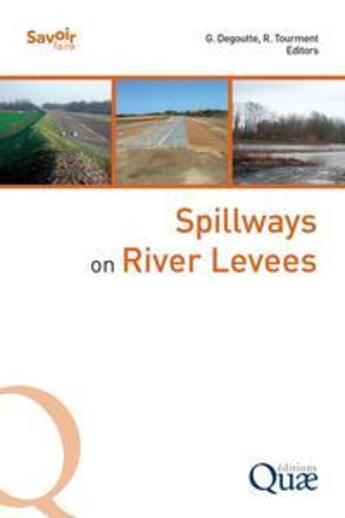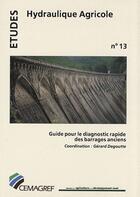-
Date de parution : 13/10/2021
-
Editeur :
Quae
-
EAN : 9782759232840
-
Série :
(-)
-
Support :
Papier
Résumé:
Levees are built on many rivers and mountain torrents to protect populations against floods. During medium floods, a well-constructed levee offers sufficient protection without requiring additional hydraulic structures. But this same levee represents a source of danger during high floods, since... Voir plus
Levees are built on many rivers and mountain torrents to protect populations against floods. During medium floods, a well-constructed levee offers sufficient protection without requiring additional hydraulic structures. But this same levee represents a source of danger during high floods, since there is a risk of overtopping. Water that spills over a levee may create a breach that could potentially provoke flash flooding in the area it was supposed to protect, endangering human lives and infrastructure. It is therefore advisable to equip levee systems with spillways, which are common appurtenant structures on dams. Yet spillways on levees play a far more complex role than those on dams, from securing protected areas to flood control. These structures can function as safety spillways or diversion spillways, or both (especially the older ones). This technical handbook, first published in French in 2012, covers different types of spillways on river levees, including their function, hydraulics, river morphology, civil engineering, and flood management. Written by a working group led by INRAE, it is intended for levee managers, control authorities, engineering firms, and hydraulics or civil engineering students. Given increasing international interest in levees and flood protection systems, particularly following ICOLD's creation of a Technical Committee on Levees, INRAE decided to update and translate this guide into English to share the French experience.
Donner votre avis
















